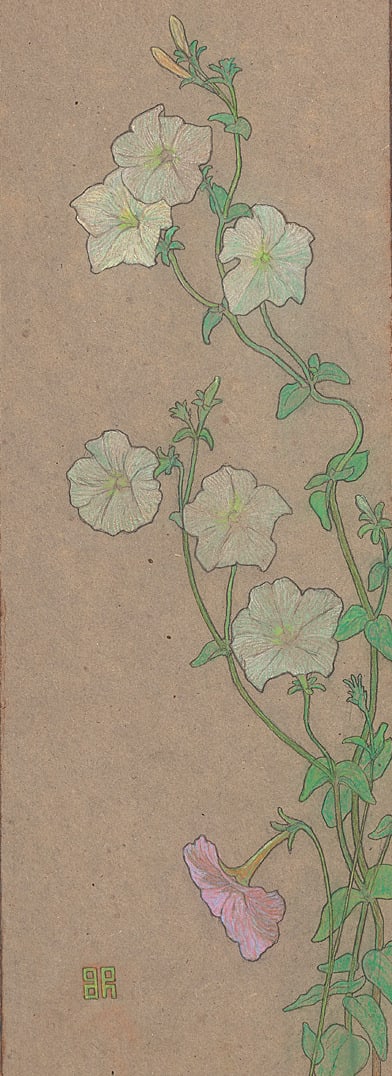Gijs Bosch Reitz (1860-1938)
Further images
Sigisbert Chrétien Bosch Reitz, known as Gijs, was born into a wealthy Amsterdam family. He began his career as a merchant but, at twenty-three, decided to pursue life as an artist. After a brief period at the Rijksmuseum’s art school, he continued his training in Munich and completed his studies at the Académie Julian in Paris under Bouguereau. Returning to the Netherlands, he initially settled in Katwijk aan Zee, only soon to depart again for Paris to participate in the 1889 Exposition Universelle, followed by an extended stay in England before his eventual return to The Netherlands.
Throughout his life, Bosch Reitz travelled extensively—to France, the United States, and Japan in 1900—becoming a world-renowned connoisseur of Asian art. In 1914, he was invited to curate the Asian collection at the Louvre. At the outbreak of war, he left for New York, where he was appointed the first curator of the newly created Department of Far Eastern Art at the Metropolitan Museum of Art where he remained until 1927, when he returned to Amsterdam.
Bosch Reitz’s artistic output remains limited due to his meticulous process and attention to detail. Around 1890, like other Dutch Symbolists, he moved beyond naturalistic representation to express highly stylized representation. Vegetation and floral motifs, seemingly decorative, evolved into stylized symbols of life and death set against start, empty backgrounds.
Unlike his contemporary Vincent van Gogh—who never traveled to Japan—Bosch-Reitz’s engagement with Japanese culture was both direct and profound. His drawings were not merely inspired by Japonism, the fashionable fin de siècle movement, but reflected a deep knowledge and scholarly understanding of Edo period artists. In Morning Glory, Bosch Reitz drew upon the lyrical inventiveness of Utagawa Hiroshige, whose woodblock prints, likely acquired for The Metropolitan Museum’s collection by Bosch Reitz himself, provided enduring inspiration.





